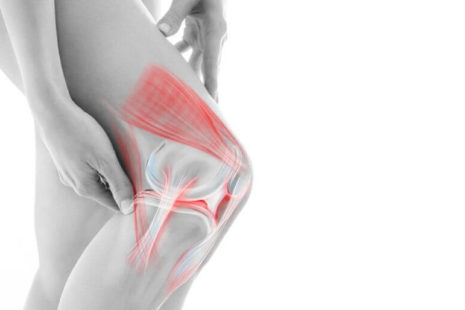Yes, physical therapy can be beneficial for individuals with degenerative disc disease (DDD) in the neck. Degenerative disc disease is a common condition that occurs as part of the natural aging process, where the intervertebral discs between the vertebrae in the spine gradually lose their water content and become thinner. This can lead to changes in the spinal structures and potentially cause pain and other symptoms.
Physical therapy for degenerative disc disease in the neck aims to manage pain, improve function, and enhance the individual’s quality of life. Here’s how physical therapy can help:
- Pain Management – Physical therapists can use various techniques, such as heat or ice therapy, electrical stimulation, and manual therapy, to help reduce pain and inflammation associated with degenerative disc disease.
- Posture Correction – Physical therapists can assess and address any postural issues that may contribute to increased stress on the neck. Correcting poor posture can alleviate pain and improve overall spinal alignment.
- Range of Motion Exercises – Specific exercises can help improve and maintain the neck’s range of motion, reducing stiffness and promoting better mobility.
- Strengthening Exercises – Strengthening the muscles surrounding the neck and upper back can provide better support to the spine and help stabilize the affected area, reducing pain and preventing further degeneration.
- Flexibility Exercises – Gentle stretching exercises can help improve flexibility in the neck and surrounding muscles, promoting better movement and reducing discomfort.
- Education – Physical therapists can provide education on proper body mechanics, ergonomic principles, and lifestyle modifications to minimize stress on the neck and spine during daily activities.
- Functional Training – Physical therapists can focus on functional activities to help individuals regain the ability to perform daily tasks with reduced pain and improved movement patterns.
- Home Exercise Program – The physical therapist may develop a customized home exercise program to reinforce the benefits of therapy and enable the individual to continue their rehabilitation outside of the clinic.
Physical therapy for degenerative disc disease should be tailored to the individual’s specific needs and the severity of their condition.
While physical therapy can be good for degenerative disc disease, there must be some degree of managing expectations. Physical therapy may not reverse the degenerative changes in the discs, but it can help manage symptoms, improve function, and enhance overall well-being. Physical therapy is typically considered a conservative and non-invasive treatment option before considering more invasive interventions like surgery.




